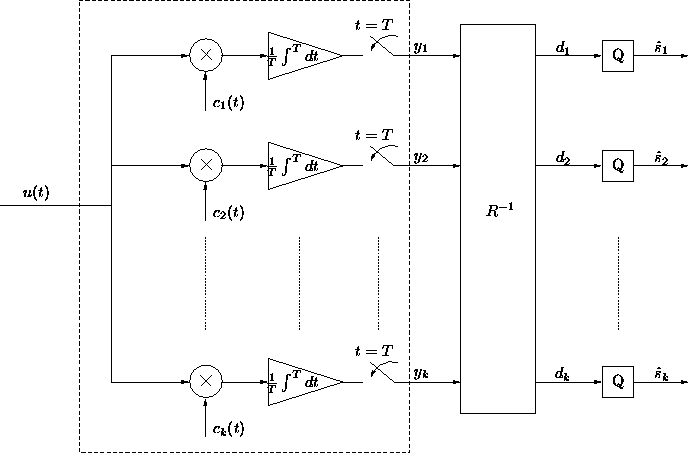
Figure 3.2: Decorrelating DS-CDMA Detector.

The conventional detector does not use any information about the
other users in the system and therefore can not combat MAI. The decorrelating
detector essentially applies the inverse of the correlation matrix of user
spreading codes to the output of the conventional detector, as shown in figure
3.2. This method of
decorrelation is only practical at the base-station, where all the information
is readily available, and there are no power consumption constraints.
The correlation matrix R is defined as
![]()
It is convenient to develop a vector-matrix formulation for the output of
the conventional detector. Again assuming no channel
dynamics and equal user powers, we can write an expression for our
soft decision output vector ![]()
![]()
where

Now, by applying the inverse of the correlation matrix to the soft decision
output vector ![]() , we can completely remove all Multiple Access
Interference. The new soft decision of the combined detector is
, we can completely remove all Multiple Access
Interference. The new soft decision of the combined detector is
![]()
As long as the correlation matrix ![]() is invertible, the soft decision
outputs will only be affected by the AWGN. In an asynchronous system,
as the uplink in a CDMA system is,
is invertible, the soft decision
outputs will only be affected by the AWGN. In an asynchronous system,
as the uplink in a CDMA system is, ![]() is assumed to be
invertible.
is assumed to be
invertible.
There are some obvious advantages of this detector over the
conventional detector. For one, it removes all the multiple access
interference. This also implies that the power of each user does not have to
be estimated or controlled. One disadvantage to this receiver is noise
enhancement caused by ![]() . Also, this detector has no
way of eliminating any ISI caused by channel dynamics. Even so, this
detector will outperform the conventional detector when the user
spreading codes are not orthogonal. The formulation presented does
not include asynchronism, but can be extended to do so as shown in
[4].
. Also, this detector has no
way of eliminating any ISI caused by channel dynamics. Even so, this
detector will outperform the conventional detector when the user
spreading codes are not orthogonal. The formulation presented does
not include asynchronism, but can be extended to do so as shown in
[4].
A more general linear detector called the zero-forcing detector eliminates MAI as well as channel ISI, and can be derived from the system model described in chapter 2. Therefore, the decorrelating detector was not implemented in software, but the zero-forcing detector was. Derivation of the zero forcing detector follows in the next section.